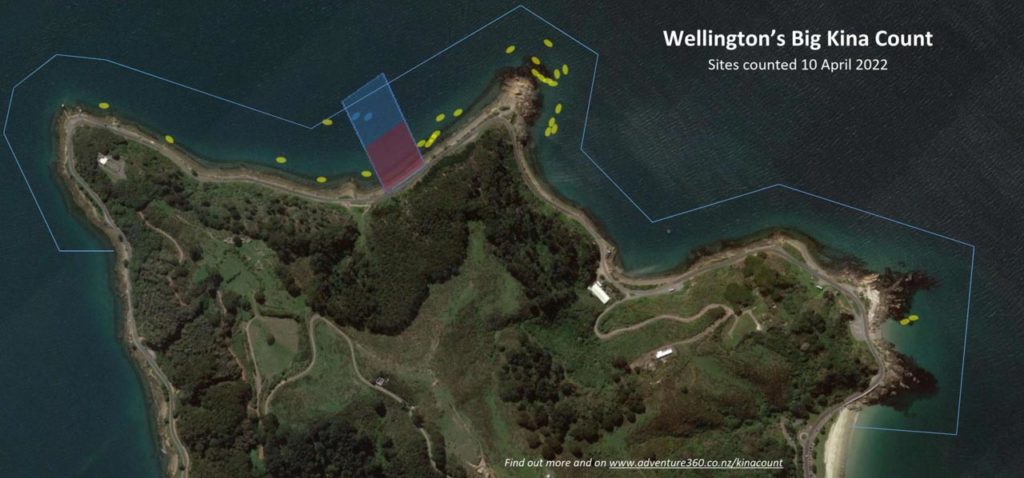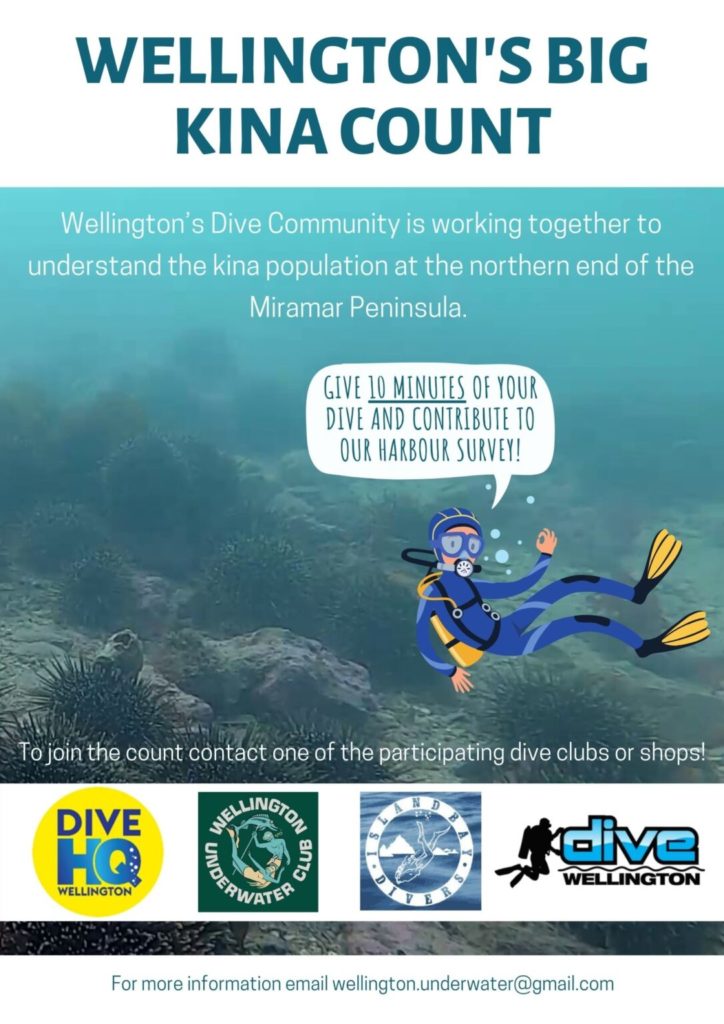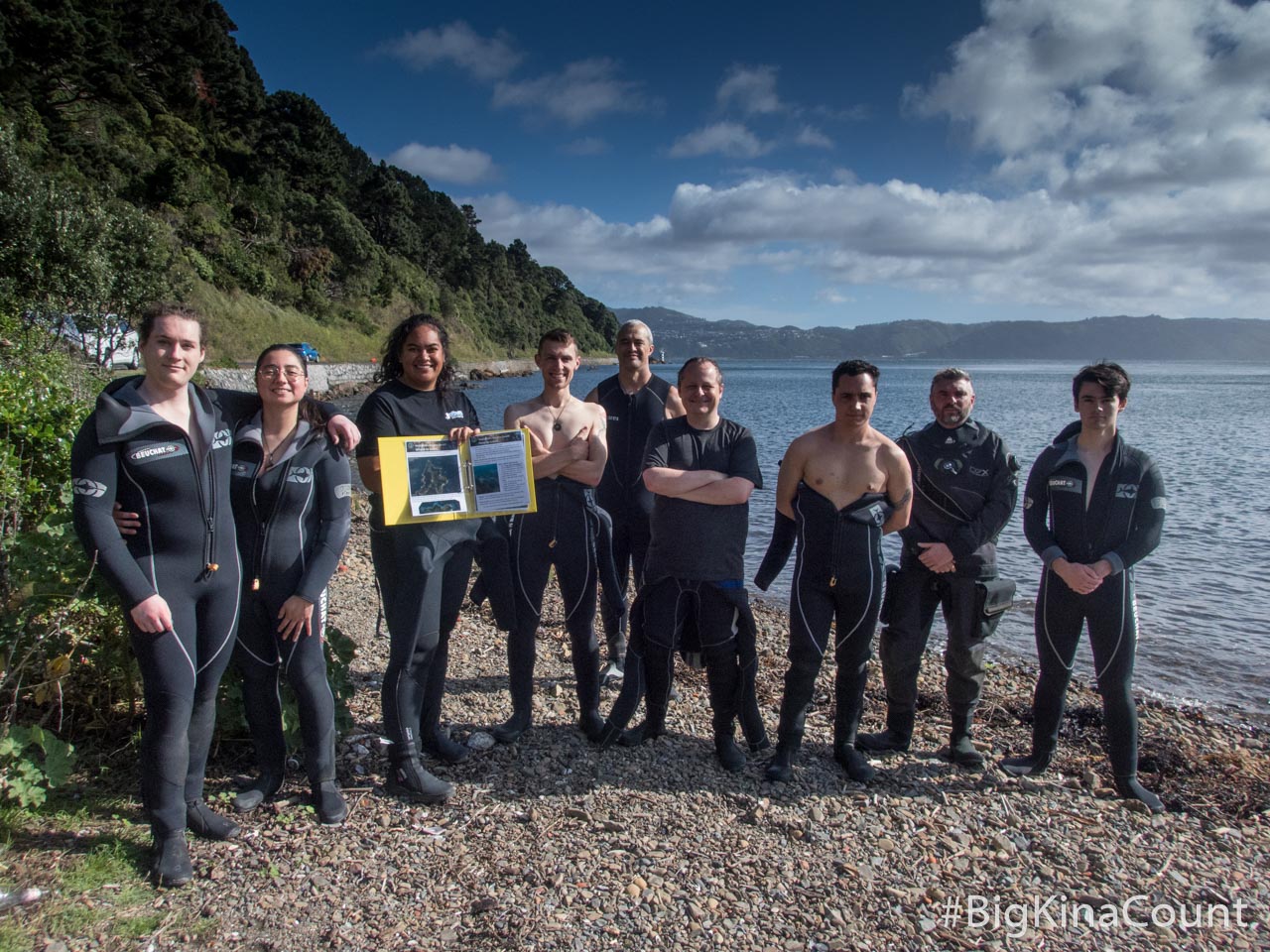Large numbers of sea urchins pose a threat to kelp forests in coastal waters around the world. In New Zealand, healthy kelp forests can sustain high numbers of the endemic kina (Evechinus chloroticus), a culturally and economically valuable sea urchin species.
The biggest driver for exploding urchin numbers in New Zealand is a lack of natural predators which in turn is caused by overfishing of large finfish species and rock lobsters. Above a critical density these hungry herbivores rapidly turn thriving underwater forests into rock barrens.
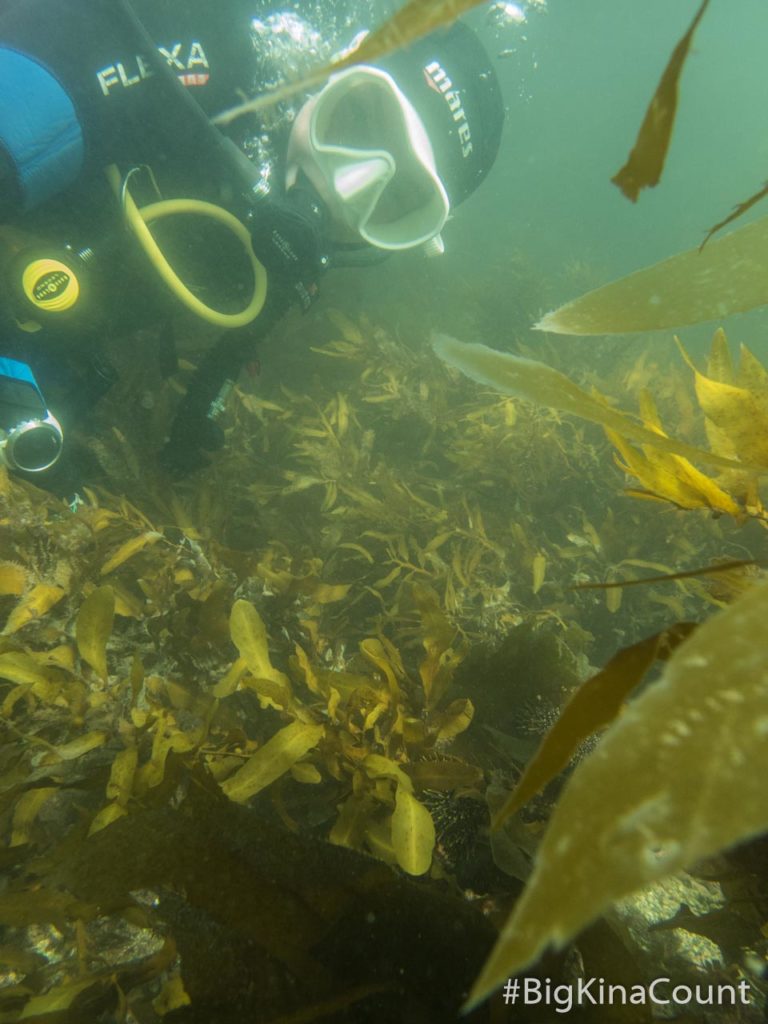
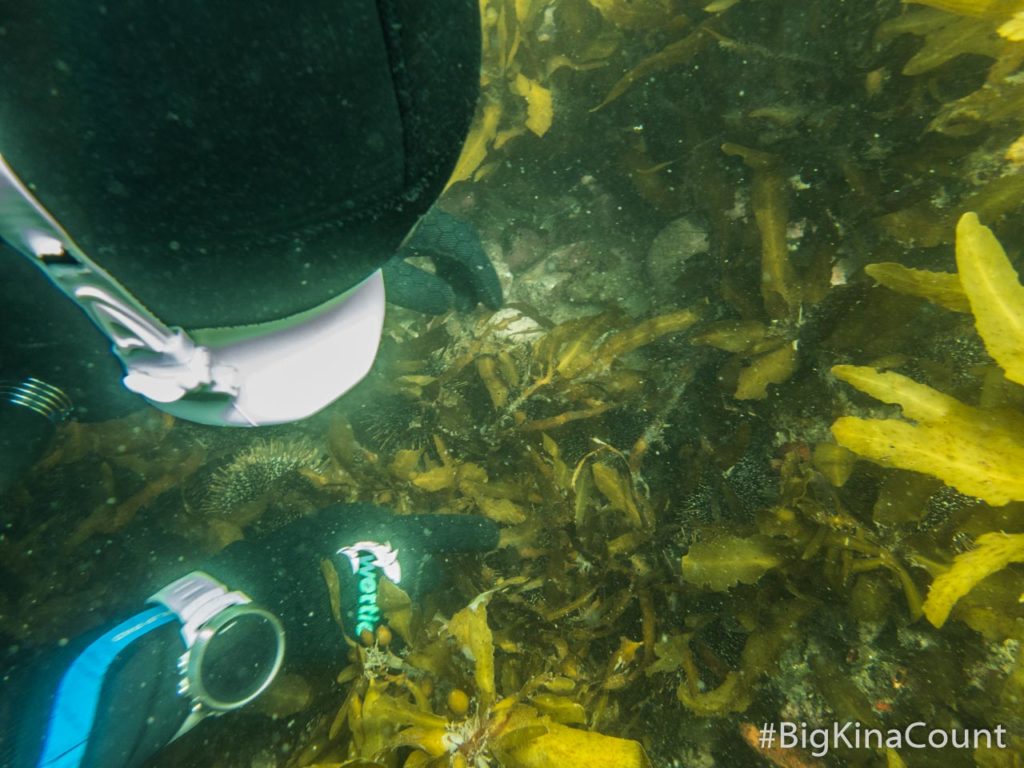
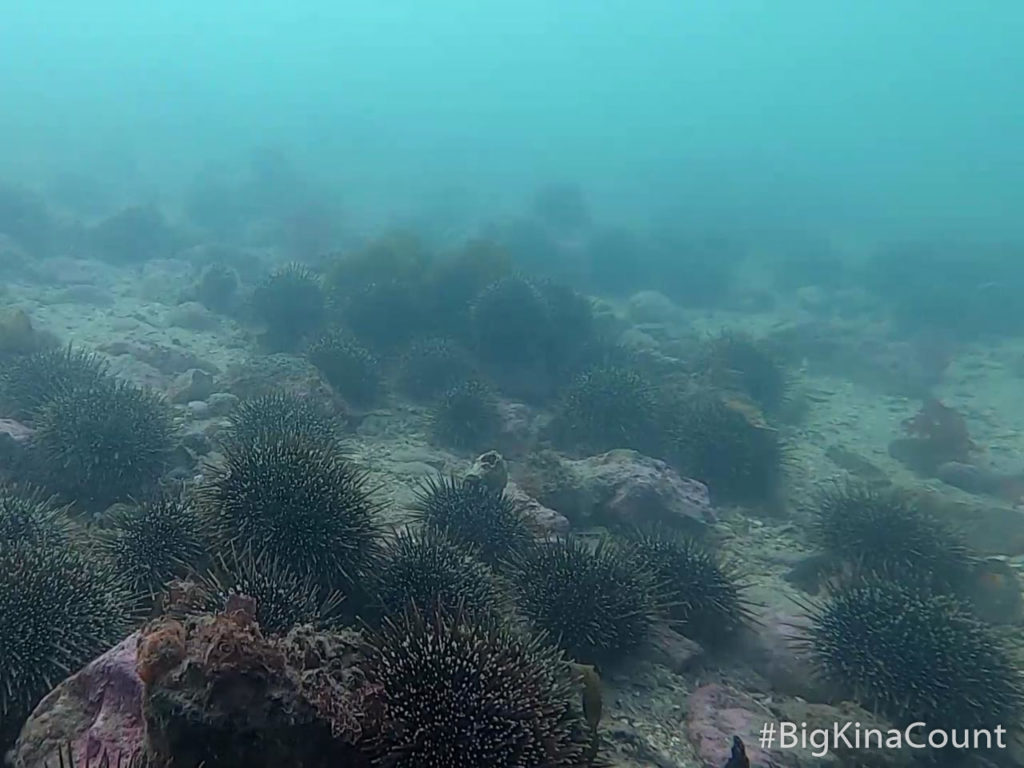
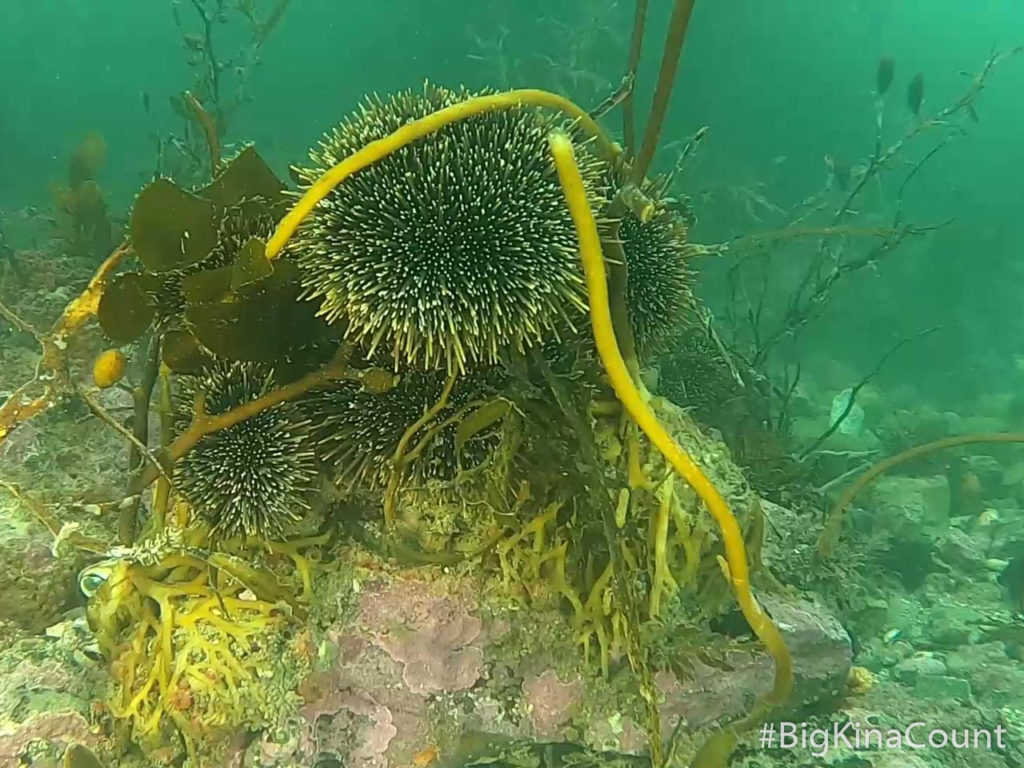
Volunteers of the Wellington Underwater Club (WUC) have observed increasing kina numbers at our Project Baseline kelp monitoring site. To assess the sea urchin population in a larger area we have developed a method that allows all local scuba divers to participate in monitoring kina numbers. Certified scuba divers can join one of the local dive shops or WUC for a shore dive in the counting area. During the first 10 minutes of the dive one diver counts all sea urchins while the dive buddies keep track of time and depth and ensure safe diving. The buddy pairs report back numbers, depth and approximate location to the dive leader. Volunteers collate the data and provide an update back to the dive leaders so they can choose the location of the next counts.
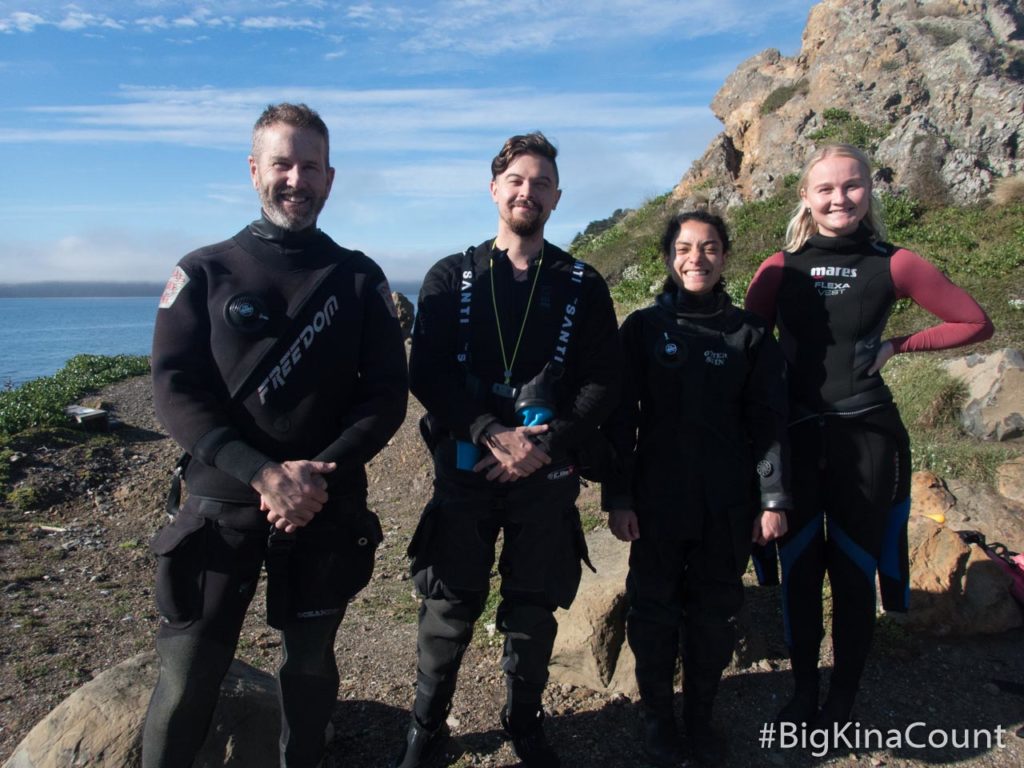
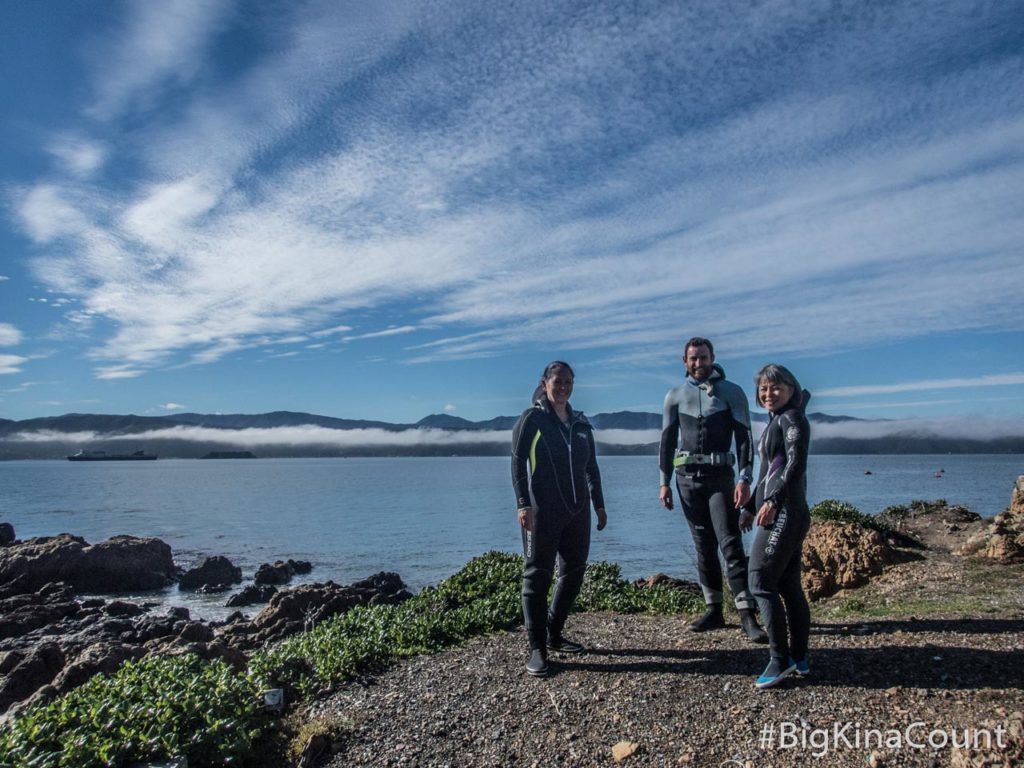
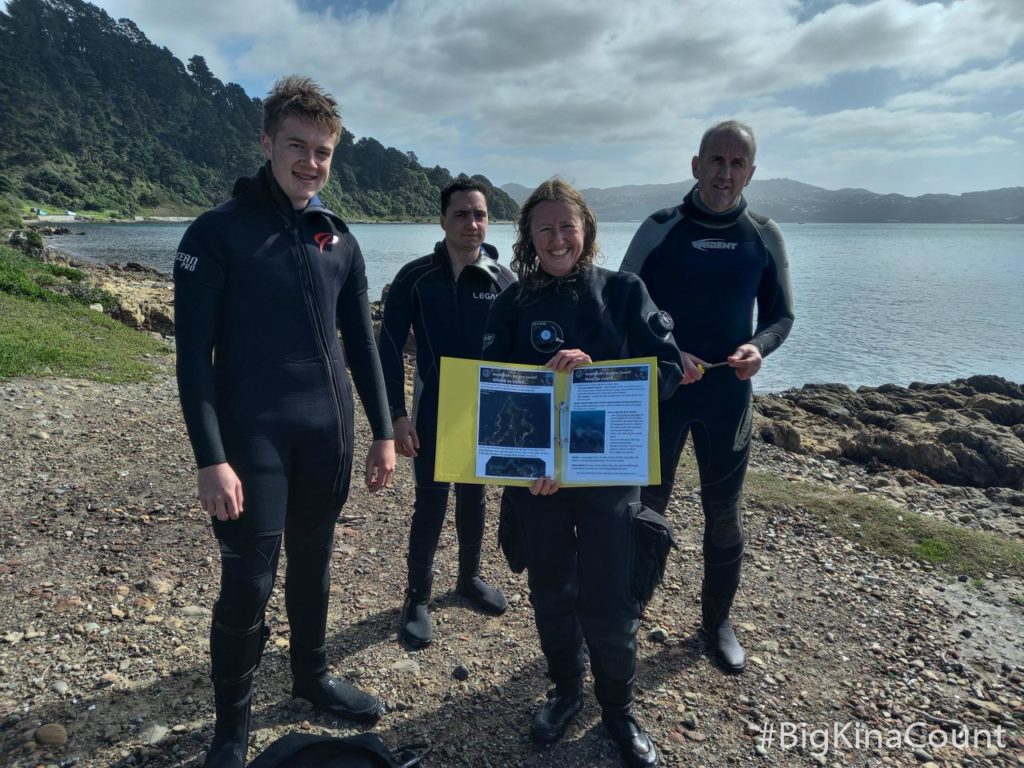
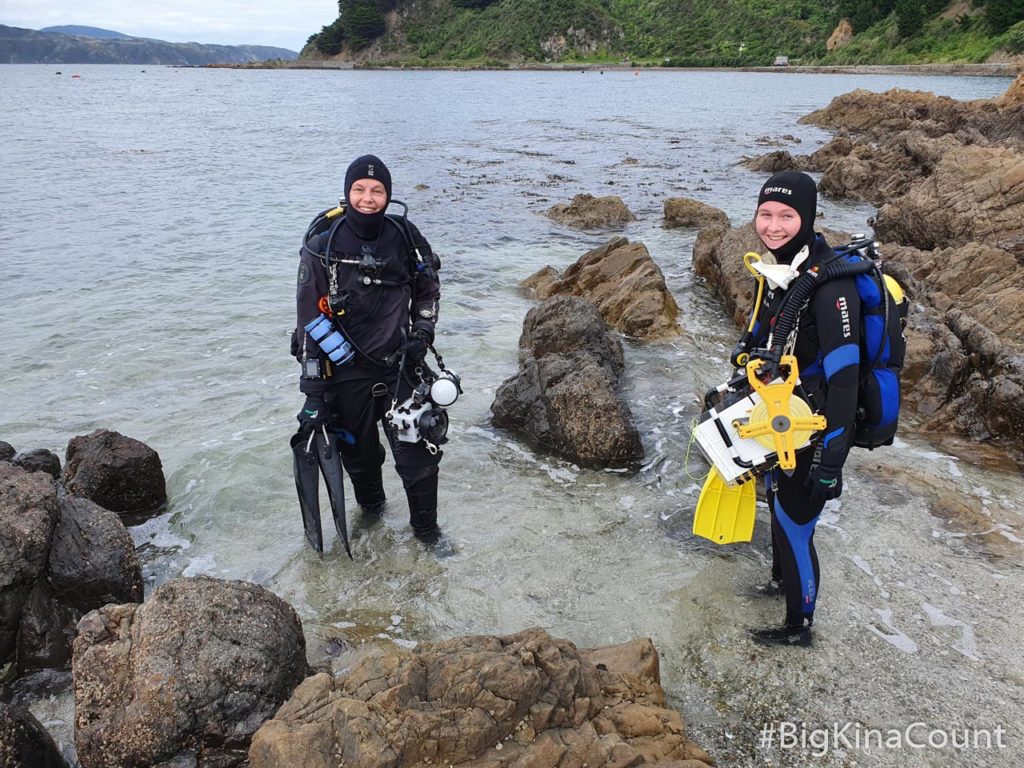
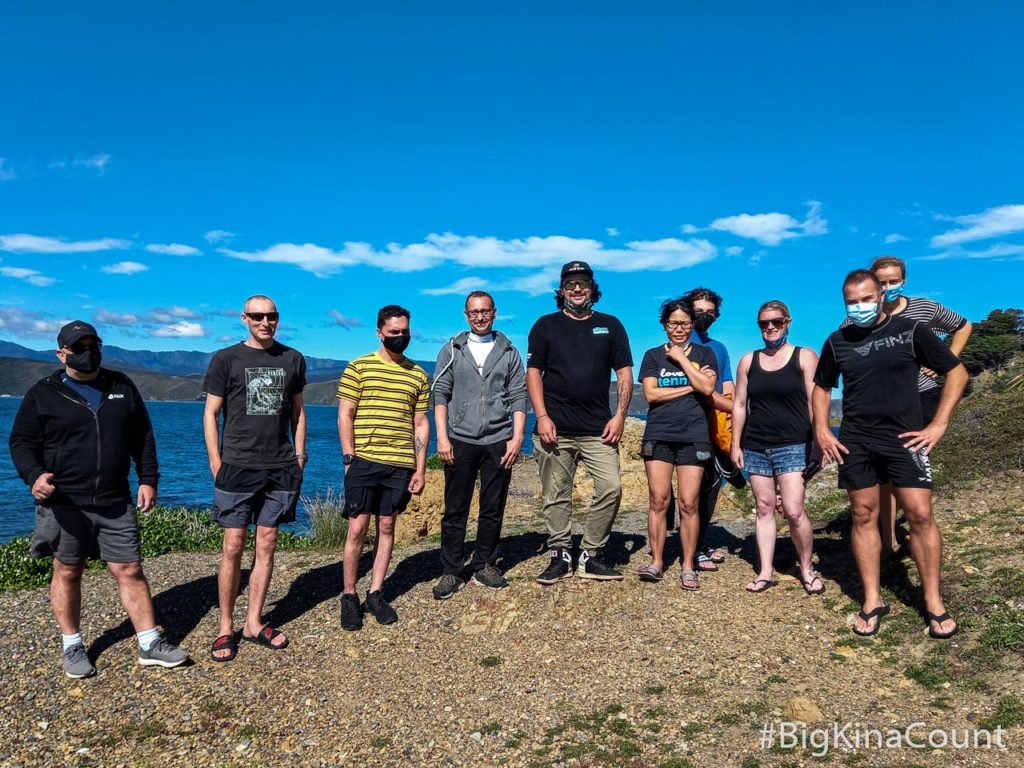
In addition to the 10 min counts we are also documenting the impact of kina grazing. We have deployed a Oceansense KinaKam to monitor a specific part of the reef over a number of weeks. Working with marine animals is a sticky business though and divers have to check on the camera and marine life regularly!
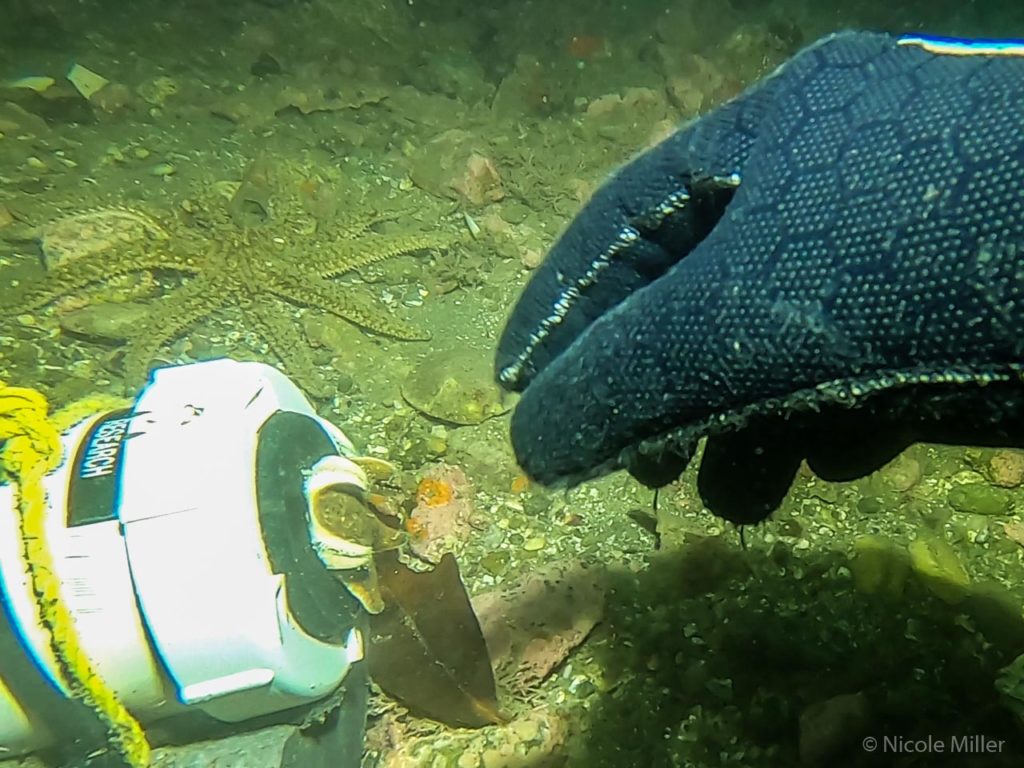
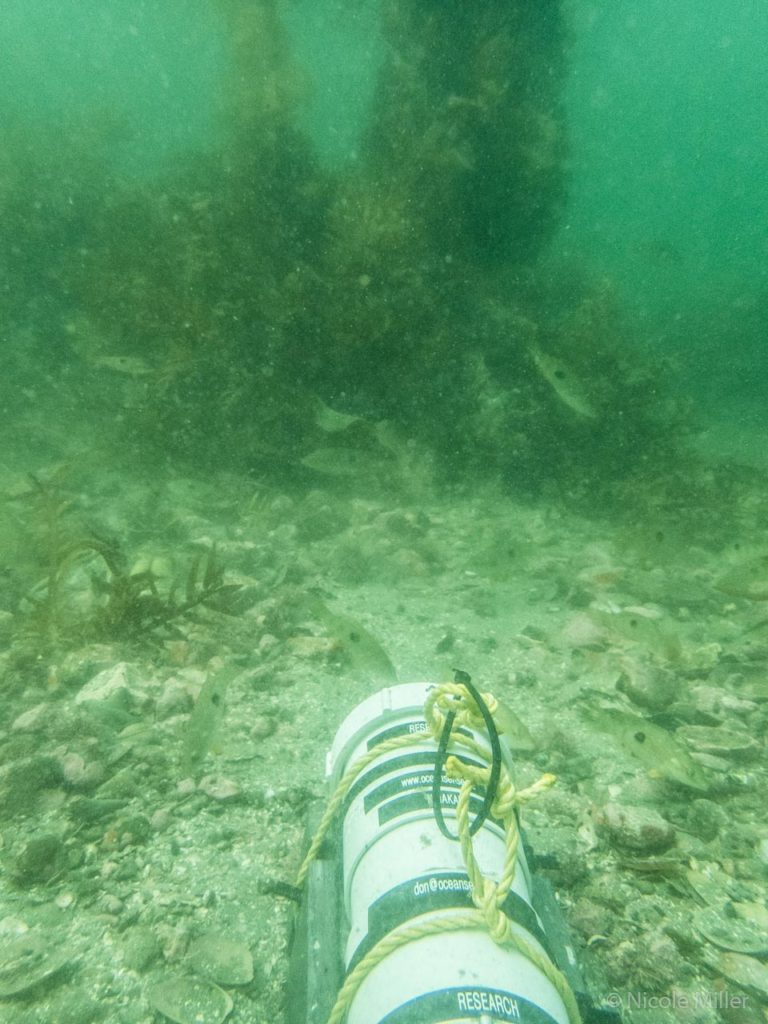
If you are a certified scuba diver in New Zealand and want to get involved – join Wellington’s Big Kina Count through one of Wellington’s dive shops or the Wellington Underwater Club.
More about Wellington’s #BigKinaCount and how to join on https://adventure360.co.nz/kinacount/.
You can read about the Project Baseline Wellington kelp monitoring project Project Baseline’s website and follow us on Facebook.
